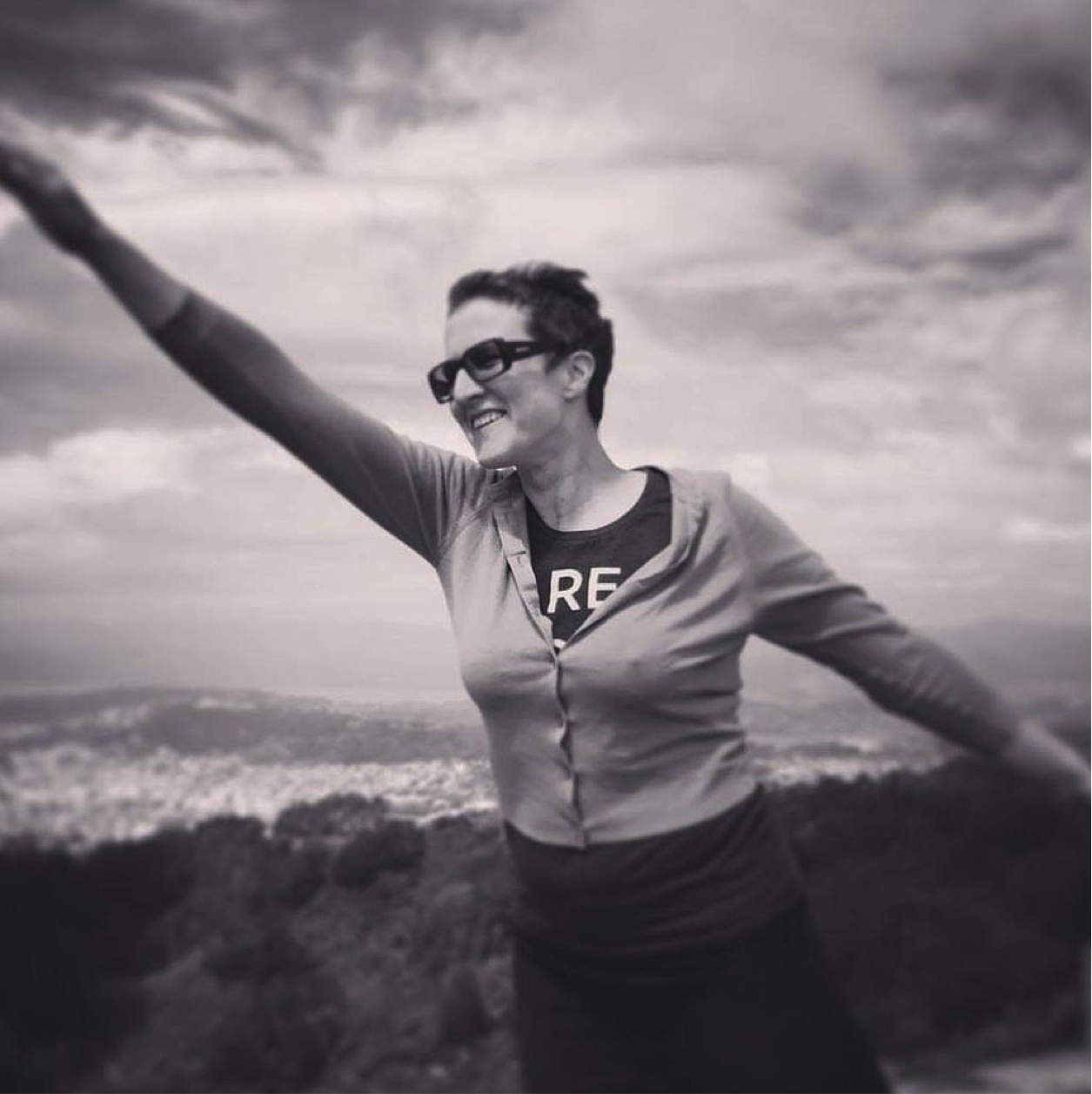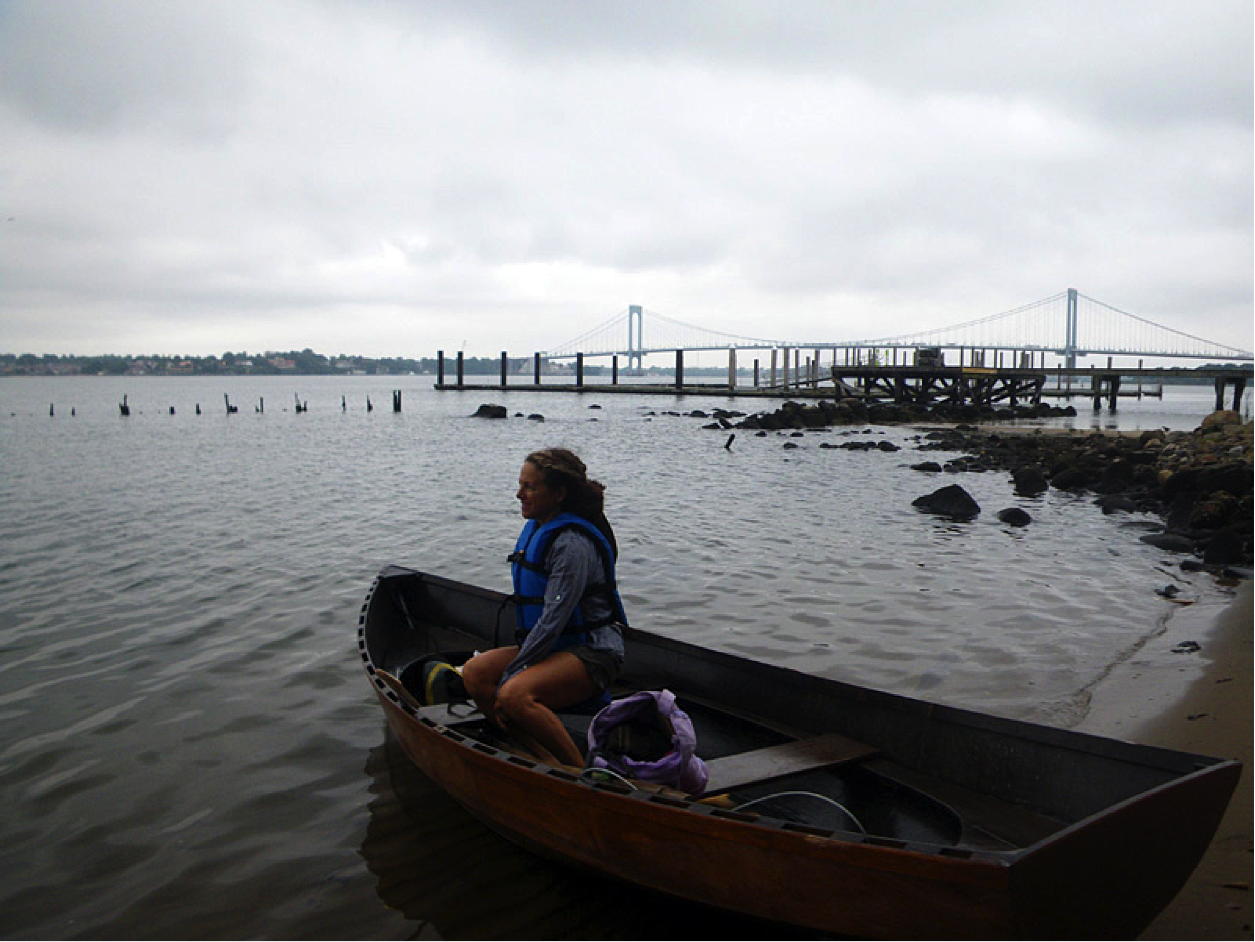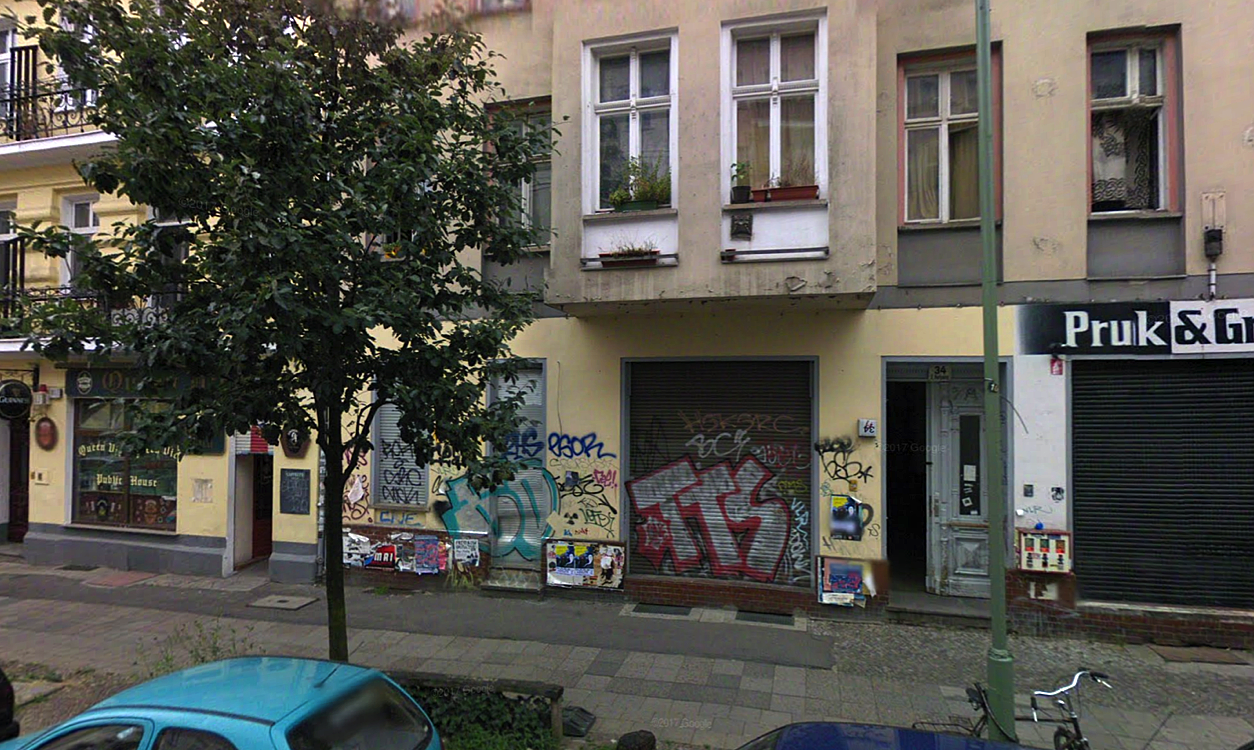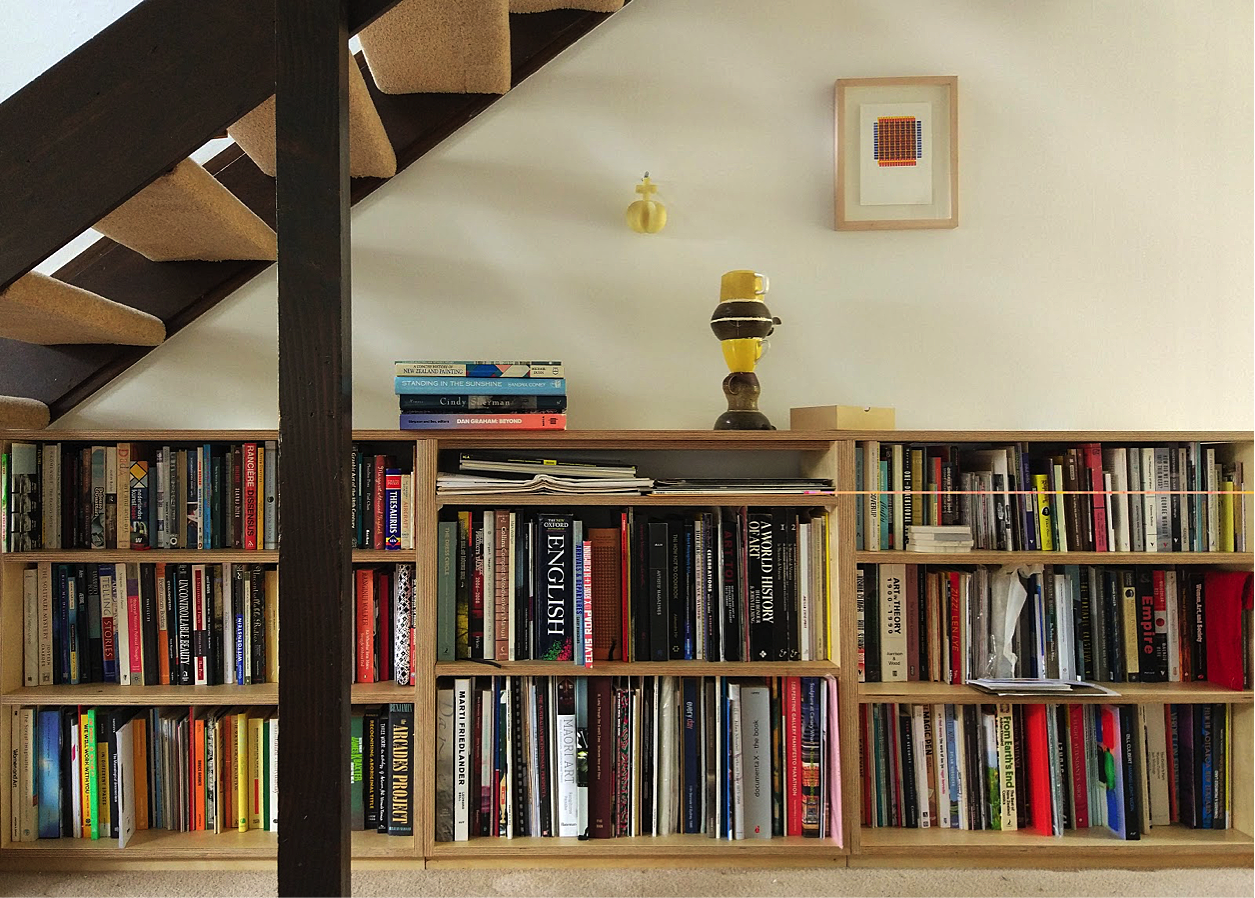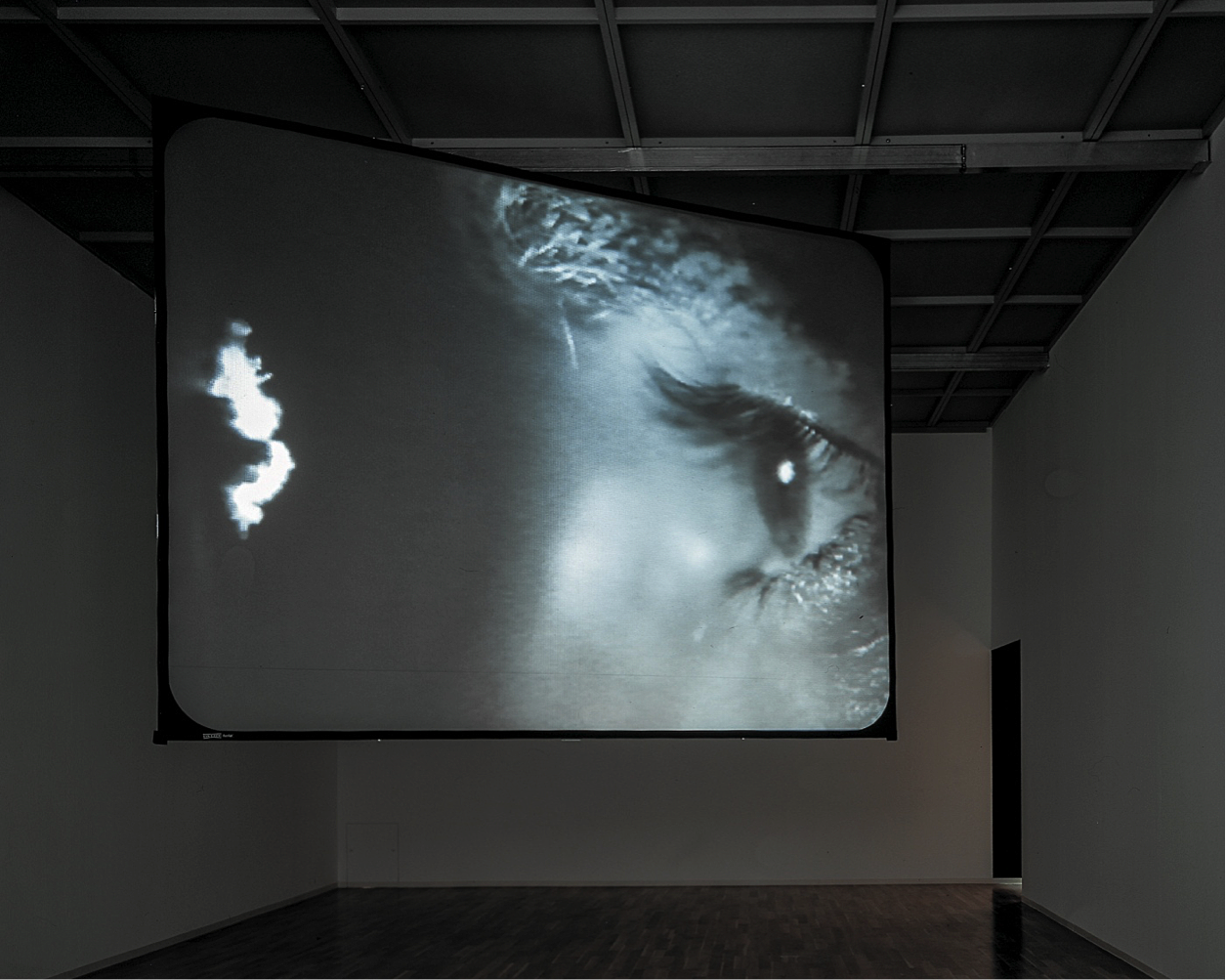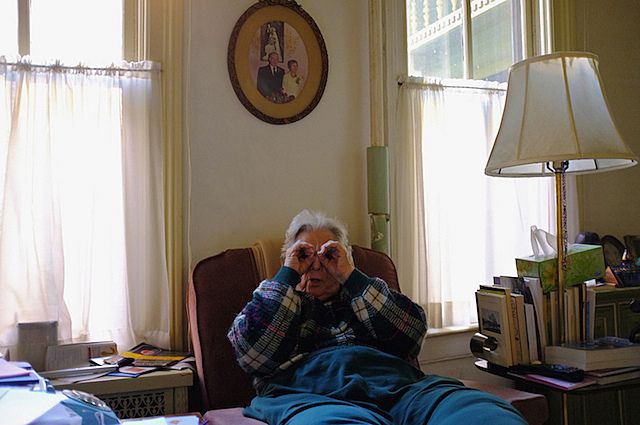Loose Canons: Melissa Laing
Auckland Fringe artist Melissa Laing is taking audience members on a boat date. She shares her inspirations with us.
Loose Canons is a series in which we invite artists we love to share five things that have informed their work. Meet the rest of our Loose Canons here.
Melissa Laing is an artist, a writer and a curator who explores the creative spaces between art and politics. She has run a conversation group for Share/Cheat/Unite at Te Tuhi, written stories on riding the Western train line and building a boat for Pantograph Punch, and curated pop up events for Arts Whau including Sounding La Rosa and Tasting Words. In 2018 Melissa will present The Controlled Environment Laboratory, a project documenting the history of a laboratory facility in Palmerston North at Corban Estate Art Centre, Auckland and Te Manawa, Palmerston North. She has been taking people out on the waterways of West Auckland since 2016, and for Auckland Fringe next week mounts Boat Date – a performance to one – which does exactly that.
Swallows and Amazons
When I was a child one of my father’s evening tasks was to read to us. I think he was happiest once we got old enough that he could share all his childhood favourites – C.S. Lewis, Tolkien and Arthur C. Ransome. Ransome is famous for the long running series of books he wrote about children having adventures on boats in Lake District of England starting with Swallows and Amazons. We met the Walkers – John, Susan, Titty and Roger – the first year they holiday in the area. Their father, a naval officer posted overseas, convinces their mother to let them go camping on an island with the boat Swallow, with an infinitely quotable telegram: “BETTER DROWNED THAN DUFFERS IF NOT DUFFERS WON'T DROWN”. We also meet Nancy and Peggy, two young, casually competent pirates in their boat Amazon. Read as an adult, you have to close your eyes and squint a little to ignore the 1930s assumptions around gender roles and social class. However, in essence the stories are about young people being free to have adventures and dreams while playing on the water. Swallows and Amazons inspired me to want to have a boat from a very young age, something that was out of reach to me as a child living in landlocked Palmerston North.
Now the owner of a small boat, I’ve been able to take trips that embrace a kind of spirit of adventuring that calls back to the youthful exploring of the world that Arthur C. Ransome captured so beautifully. I’ve gone upstream, downstream and out to sea. Only this week I read a quote from Joshua Colvin that sums up the appeal “Something magical happens when we climb aboard a little boat and push off to explore. If we relax and allow ourselves, we return to the age where such adventures first appealed. A tiny boat really is a time machine, revealing the boys and girls we’ve never fully stopped being.”
Tide and Time Taxi by Maria Lorenz
Maria Lorenz has been taking people along New York’s rivers, inlets, bays, estuaries, creeks, and canals in a small boat since 2005. The first iteration of the project emulated a taxi – her participants chose a departure point and destination and she worked out the best time and route on the water to get between them in a very small, narrow, flat-bottomed plywood boat she had built. In fact she’s been building boats to explore in since the mid nineties. Lorenz is both braver and more risk-taking than me. Her first taxi trip out she swamped the boat and everyone had to swim to shore. Over the years she’s used different boats and taken people out to islands in the Hudson River for overnight camping, and explored abandoned historic areas, underground tunnels and abandoned submarines. She’s organised trips that involve portaging past dams and staying out for 24 hours as well as a long haul trip from Buffalo to New York City.
Her project is a form of water-based urban exploring (mainly in New York City) and a social exchange, the trips filled with conversations about the spaces they are passing through and the sharing of knowledge, food, and physical labour. I discovered Time and Tide Taxi around the same time I started going on boat dates with my friend and occasional creative collaborator Christina Houghton. The aspiration and reach of Lorenz’s trips is an inspiration to me. I’m only three years and one boat into my ongoing process of boat trips with old and new friends in the waterways of Auckland and there’s still so much more to explore.
Berlin’s radical collectives
In 2003 I was living in Berlin and I fell into a friendship network that had formed a collective, rented a large office space, rebuilt its interior spaces (from laying a new floor and shifting the toilets to eventually building a dance club in the basement) and used it as a co-working and project space. The space was organised and managed by the people who used it, resources were pooled, opportunities shared and activity generated. The 18 months I spent sharing that space taught me about the possibilities of communal working spaces and self-organising communities beyond the artist-run-space model. When I look back on it I realise it was part of the broad spectrum of radical co-working and hakerspaces arising out of Berlin’s anarchist and autonomist ethos.
The hakerspace movement has roots in the practice of squatting unused spaces that rose to prominence in the 1970s alongside other radical political action against capitalism and fascism. It also has strong connections to computer-based hacker-culture with its focus on open-source commons-based peer co-production and the right to change and repair the things you own. There is a strong DIY and DIWO ethos that runs through hackerspaces as well as a democratised understanding of creativity and a resistance to the logic of capitalism. Currently a sanitised and managed form of this movement is in ascendancy, represented by the rise in for-profit share-spaces such as BizDojo, and library initiated zones for 3D printing and programming that focus on provision of service. But the anarchistic modes of co-creating community, space for action, making and sharing are still thriving around the world and in New Zealand.
When you consider dialogical and socially-engaged art movements in a broader context – one of collectivisation, sharing of resources and the rise of commons based conception and creation methods you can see how it all fits together as part of a broader social movement.
Philosophy & Critical Theory
I’m one of those people who reads theory for pleasure. So much so that I facilitate a philosophy reading group through the University Without Conditions. Over the last four years we’ve made our way through books by Deleuze and Guattari, Haraway, Heidegger, Irigaray, Blanchot, Meillassoux, Stengers and Negarestani. These writers, and others I have read span the two spectrums of philosophy that I am drawn to. On the one hand I am seduced by poetic, polemical thought explorations that sweep you along with them. On the other I study the careful, at times stolid examinations of social and intellectual structures. The poetic works are wondrously strange, filled with entire ecologies of speculative ideas. The analytical works – by writers like Bishop, Bourdieu, Foucault and Marx – embrace a kind of pedantry that is thoroughly fruitful. They take complex social structures - gender, class, governmentality, bio-power, labour-power and lay them out so that their structures seem perversely obvious. Both are integral to the way I construct my art and my writing.
Douglas Gordan’s 1996 artist talk at the 10th Sydney Biennale
Back when I was a embryonic artist, still wide eyed and easily impressed, I went to an artist talk by Douglas Gordan at the 10th Sydney Biennale. They were showing one of his best known works 24 Hour Psycho, frist created in 1993 through the simple act of slowing down Alfred Hitchcock’s Psycho to the point that it took 24 hours to screen. In the talk he told us of the work's genesis – a late night fumble with the remote leading to the discovery of the fascinations of slow motion. He said (and I paraphrase because it was a while ago) “I assumed I was a normal person, like other normal people, and what I found interesting they would also find interesting”.
This line, casually thrown out to a crowded room of people, has stayed with me my whole career. It's a principle I both embrace and struggle with. Believing that others will likewise find interesting the very things that interest you is simultaneously a bedrock assumption of our day-to-day interactions and a fragile act of confidence.
Being a performance to one, Boat Date has unfortunately sold out during its Auckland Fringe run!
But check out some other unique Auckland Fringe shows here.
